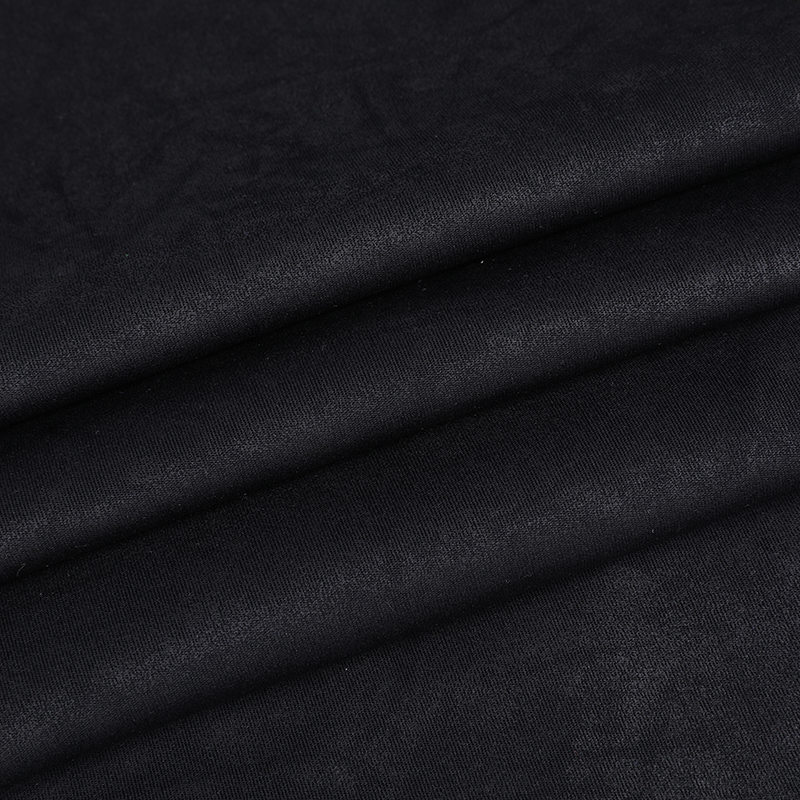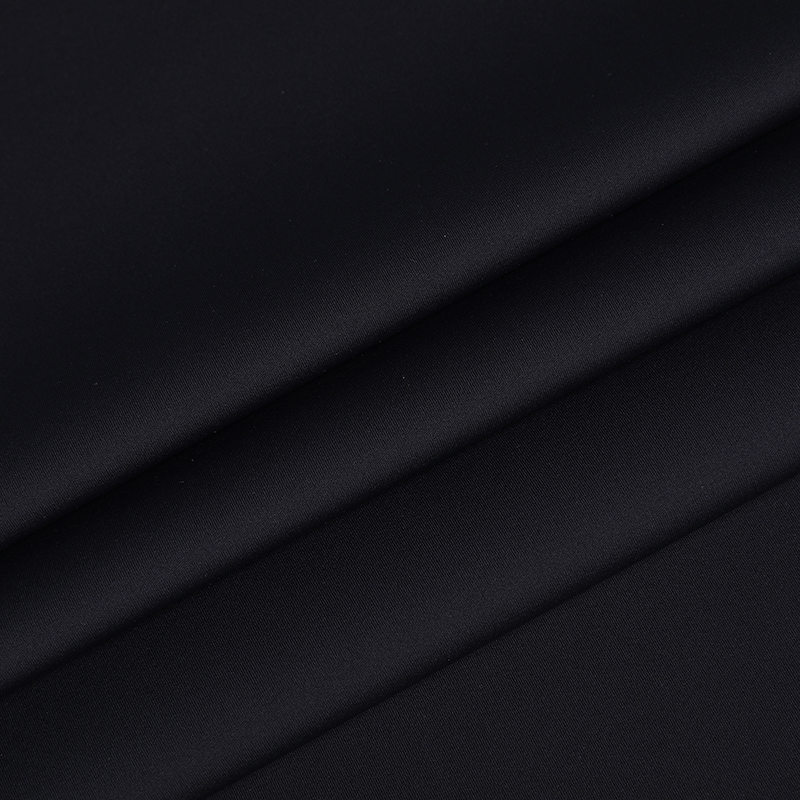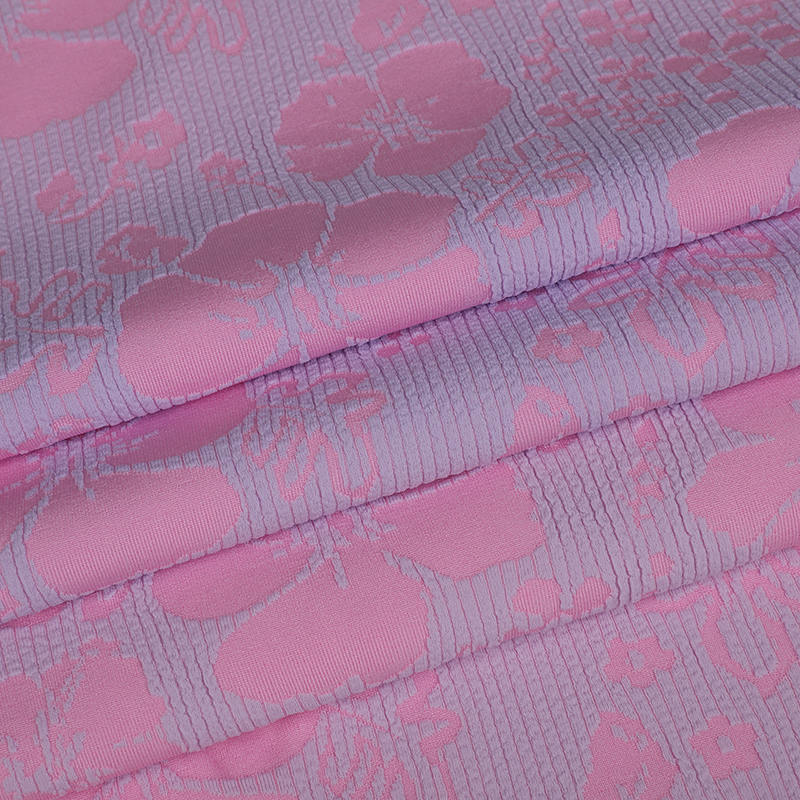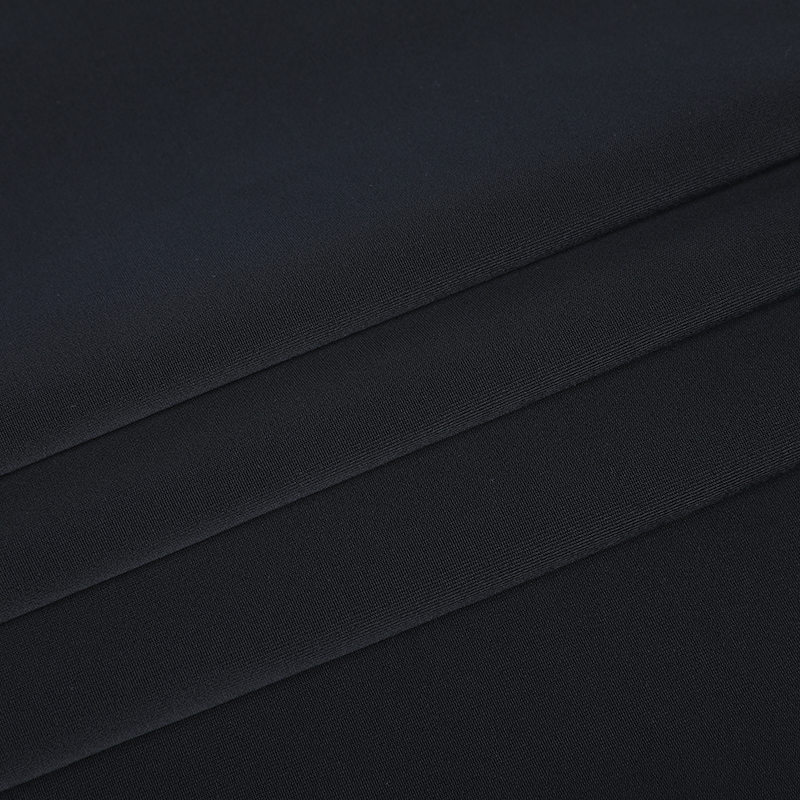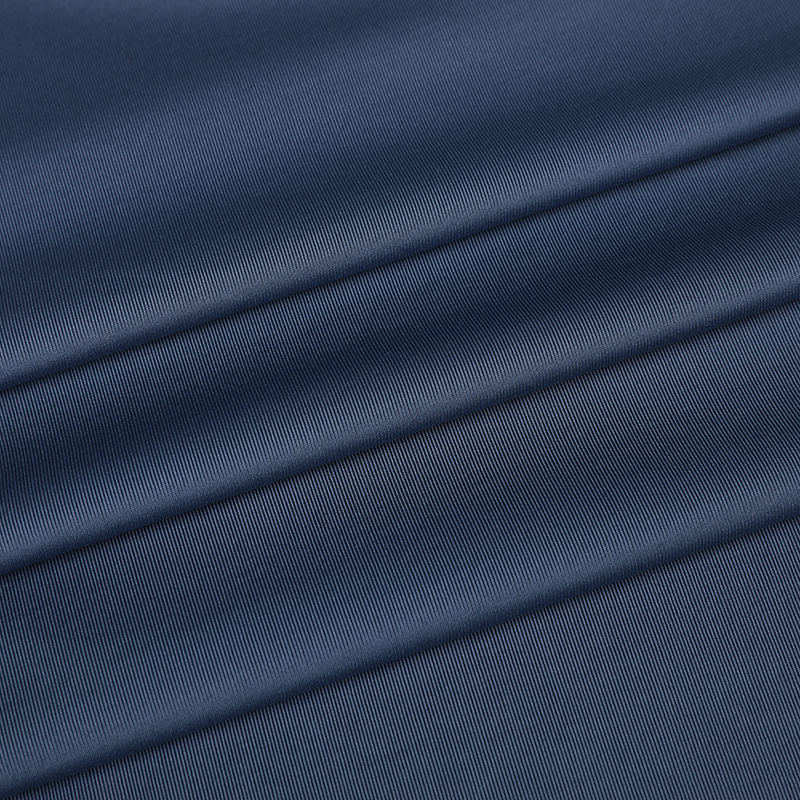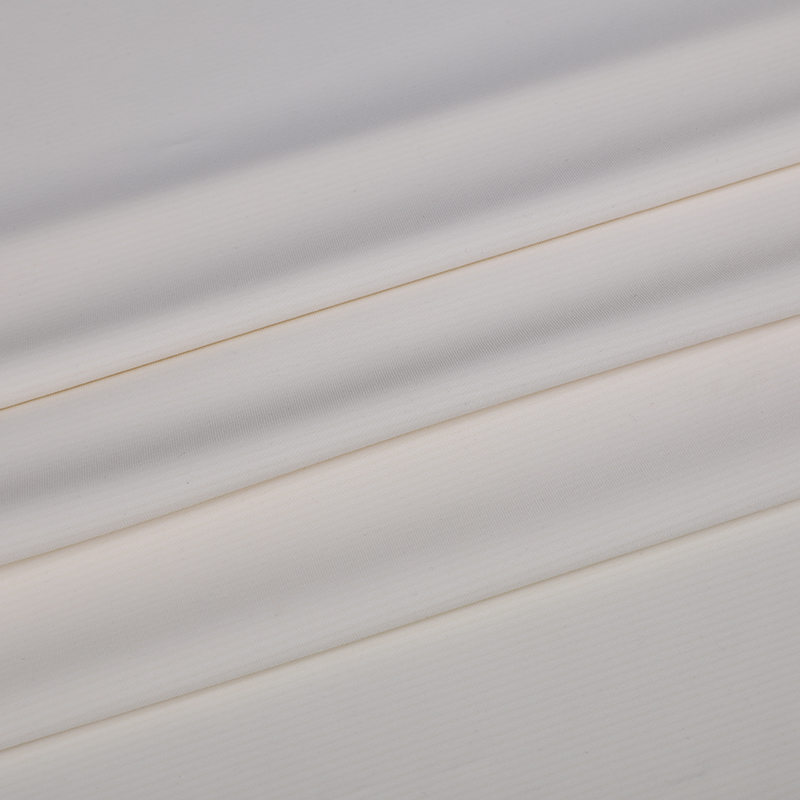Submit feedback
Why Choosing the Right Swimwear Fabric Can Enhance Performance in Water
2025-10-16
Introduction
Selecting the appropriate swimwear fabric is not merely a matter of style or color; it is a decisive factor that directly affects an athlete’s or recreational swimmer’s performance in water. Swimwear fabric serves multiple roles beyond aesthetic appeal—it regulates movement, ensures comfort, minimizes drag, and enhances endurance. Understanding the material properties that influence performance allows swimmers to make informed decisions and improve their efficiency in aquatic environments.
In recent years, technological advancements in textile engineering have revolutionized swimwear fabrics. Modern swimwear fabrics are designed to provide stretch, durability, hydrodynamics, and comfort, balancing the competing demands of high performance and long-term wear. Among these properties, durability and stretchability stand out as critical determinants of functionality.
The Importance of Durability in Swimwear Fabric
Durability in swimwear fabric refers to the material’s ability to maintain structural integrity and performance characteristics over time, despite exposure to water, chlorine, salt, and repeated mechanical stress. A highly durable swimwear fabric reduces the frequency of replacement and maintains consistent performance, even under intensive training conditions.
Durable swimwear fabrics achieve resilience through tightly woven fibers, high-quality synthetic blends, and advanced coating technologies. The primary benefits of durability include:
Longevity – Fabrics resist tearing, pilling, and fiber degradation.
Consistent Performance – Maintains shape and compression over repeated use.
Reduced Maintenance – Less frequent replacement and fewer repairs.
Comparison of Swimwear Fabric Durability
| Fabric Type | Resistance to Chlorine | Lifespan | Stretch Retention | Typical Use |
|---|---|---|---|---|
| Nylon-Spandex Blend | Moderate | 6-12 months | High | Training suits |
| Polyester-Lycra Blend | High | 12-18 months | Moderate | Competitive swimwear |
| PBT (Polybutylene Terephthalate) | Very High | 18-24 months | Moderate | Long-term performance suits |
The table illustrates how different swimwear fabrics balance durability with elasticity, providing insight into their suitability for various aquatic activities. Polyester and PBT blends, known for resistance to chlorine and UV exposure, are often preferred for competitive and high-frequency swimming.
Stretchability: Facilitating Optimal Movement
Stretchability is a defining property of swimwear fabric, enabling freedom of motion and reducing resistance in water. Fabrics with high stretchability conform to the body, allowing for natural limb movement without causing constriction. This property is particularly crucial for athletes who rely on precise body alignment and efficient strokes.
A fabric’s elasticity is commonly achieved through synthetic fibers such as spandex or elastane, which can elongate significantly while returning to their original shape. Benefits of stretchable swimwear fabrics include:
Enhanced Flexibility – Supports a full range of motion during strokes, flips, and dives.
Hydrodynamic Efficiency – Reduces drag caused by loose or wrinkled material.
Comfort and Fit – Conforms to body contours, preventing chafing and pressure points.
Stretch Properties of Common Swimwear Fabrics
| Fabric Composition | Stretch Percentage | Recovery Rate | Ideal Application |
|---|---|---|---|
| Nylon-Spandex 80/20 | 150% | High | Training and recreational swimwear |
| Polyester-Lycra 75/25 | 120% | Moderate | Competitive suits |
| PBT-Spandex 85/15 | 130% | High | Long-term performance suits |
The data highlights that a balanced combination of stretch and recovery is essential to maintain the fabric’s performance over time. Too little stretch restricts movement, while inadequate recovery can sagging and diminished hydrodynamics.
Hydrodynamic Performance and Fabric Texture
Swimwear fabric is not only about durability and stretchability; surface texture plays a significant role in water resistance. Smooth and tightly woven fabrics reduce friction between the swimmer and water, enhancing speed. Materials designed with micro-textures or compression zones can streamline water flow, providing subtle but measurable performance gains.
Additionally, advanced coatings or treatments applied to swimwear fabric can increase water repellency. These coatings help maintain lightweight characteristics when wet and reduce water absorption, preventing drag and fatigue.
Swimwear Fabric Surface Characteristics
| Fabric Type | Surface Texture | Water Absorption | Drag Reduction Potential |
|---|---|---|---|
| Nylon-Spandex | Smooth | Moderate | Moderate |
| Polyester-Lycra | Smooth | Low | High |
| PBT | Micro-textured | Very Low | Very High |
The table demonstrates how fabric texture interacts with water, emphasizing the need to consider both material composition and surface finish when selecting swimwear fabric for performance.
Resistance to Environmental Factors
Swimwear fabrics are continuously exposed to environmental stressors such as chlorine, salt water, UV radiation, and varying temperatures. Resistance to these factors is crucial for maintaining performance characteristics:
Chlorine Resistance – Reduces fiber degradation during frequent pool use.
UV Resistance – Protects the material from sun-induced fading and structural weakening.
Salt Water Resistance – Maintains elasticity and comfort during ocean swimming.
The integration of specialized fibers, such as PBT, enhances environmental resilience, making swimwear fabric suitable for competitive swimmers who train intensively in pools and open water.
Comfort and Ergonomics
While performance-oriented properties like durability and stretchability are critical, comfort cannot be overlooked. Swimwear fabric must balance compression with softness, avoiding skin irritation during extended periods of use. Fabrics engineered for ergonomic fit align with body contours, reducing friction and ensuring an unobstructed range of motion.
Key considerations include:
Seam placement and construction
Compression distribution across muscle groups
Breathability and moisture management
These factors collectively improve swimmer endurance and prevent discomfort, directly influencing performance.
High-Performance Swimwear Fabric Selection Guide
Selecting the right swimwear fabric requires understanding the interplay between durability, stretchability, hydrodynamics, and environmental resistance. The following guide provides a structured approach:
Swimwear Fabric Selection Criteria
| Criterion | Key Considerations | Recommended Fabric |
|---|---|---|
| Durability | Chlorine and UV resistance | Polyester, PBT blends |
| Stretch | Required range of motion and recovery | Spandex blends |
| Hydrodynamics | Surface texture and water repellency | Smooth or micro-textured polyester/PBT |
| Comfort | Compression, seam construction | Soft-touch spandex blends |
| Environment | Pool or open water exposure | High resistance polyester/PBT |
This table serves as a practical reference for swimmers and coaches, emphasizing how specific fabric properties contribute to overall performance in water.
Emerging Trends in Swimwear Fabric Technology
Innovation continues to drive improvements in swimwear fabric. Modern developments focus on:
Hybrid Blends – Combining PBT and spandex to achieve balance between durability and stretch.
Eco-friendly Materials – Recycled fibers offering performance characteristics comparable to conventional fabrics.
Advanced Surface Treatments – Hydrophobic coatings that reduce water absorption and drag.
Compression Zoning – Targeted support for muscle groups to enhance endurance and reduce fatigue.
These trends reflect a broader understanding that swimwear fabric is a performance tool rather than a mere garment.
Conclusion
The choice of swimwear fabric is a strategic decision that can significantly influence performance in water. Focusing on properties such as durability and stretchability ensures that the swimmer experiences reduced drag, enhanced flexibility, and long-term comfort. By understanding the characteristics of different fabrics, swimmers can make informed choices, optimize their movements, and maintain peak performance across training and competition. Careful consideration of environmental resistance, surface texture, and ergonomic design further underscores the importance of selecting the right swimwear fabric.



 English
English 中文简体
中文简体 Español
Español 日本語
日本語

